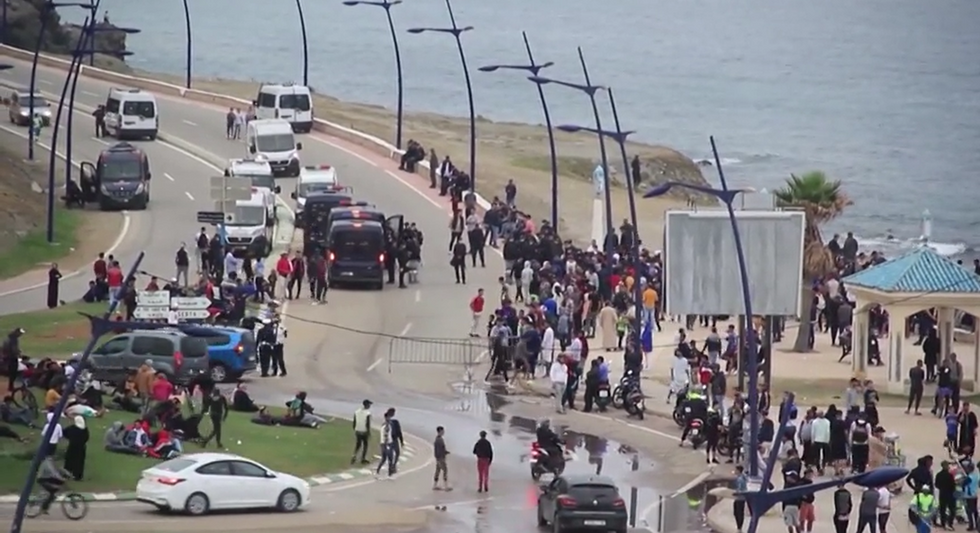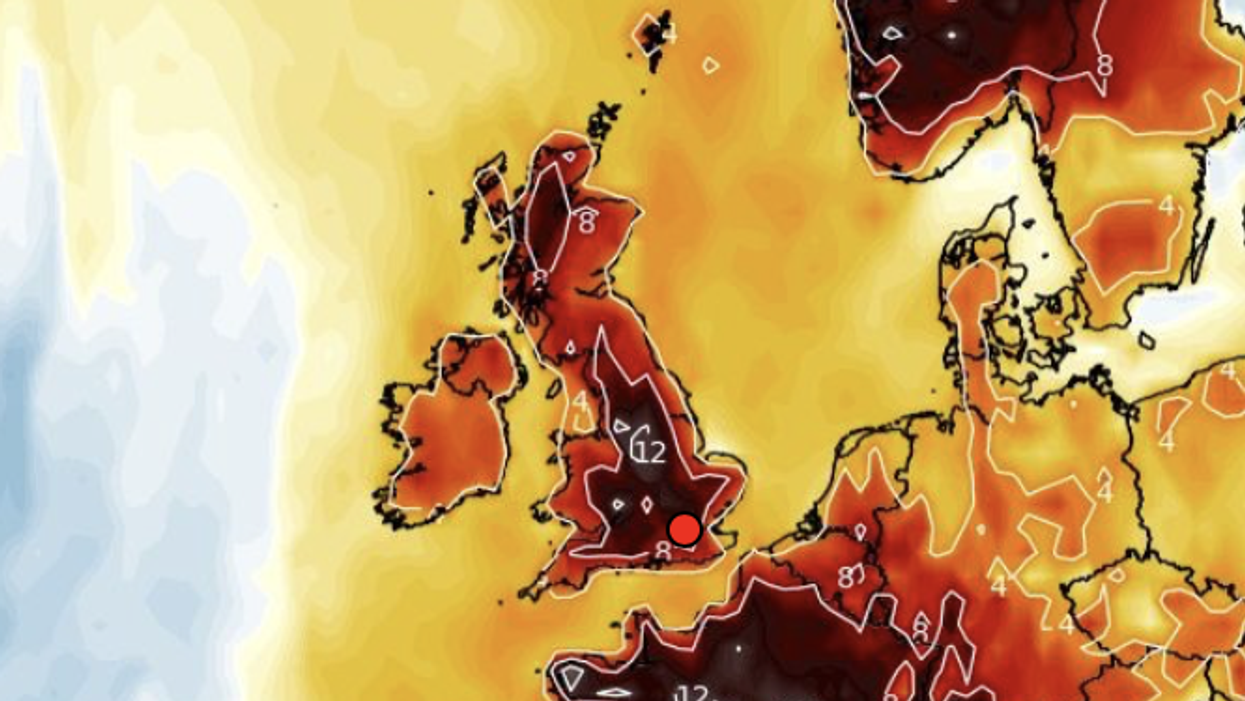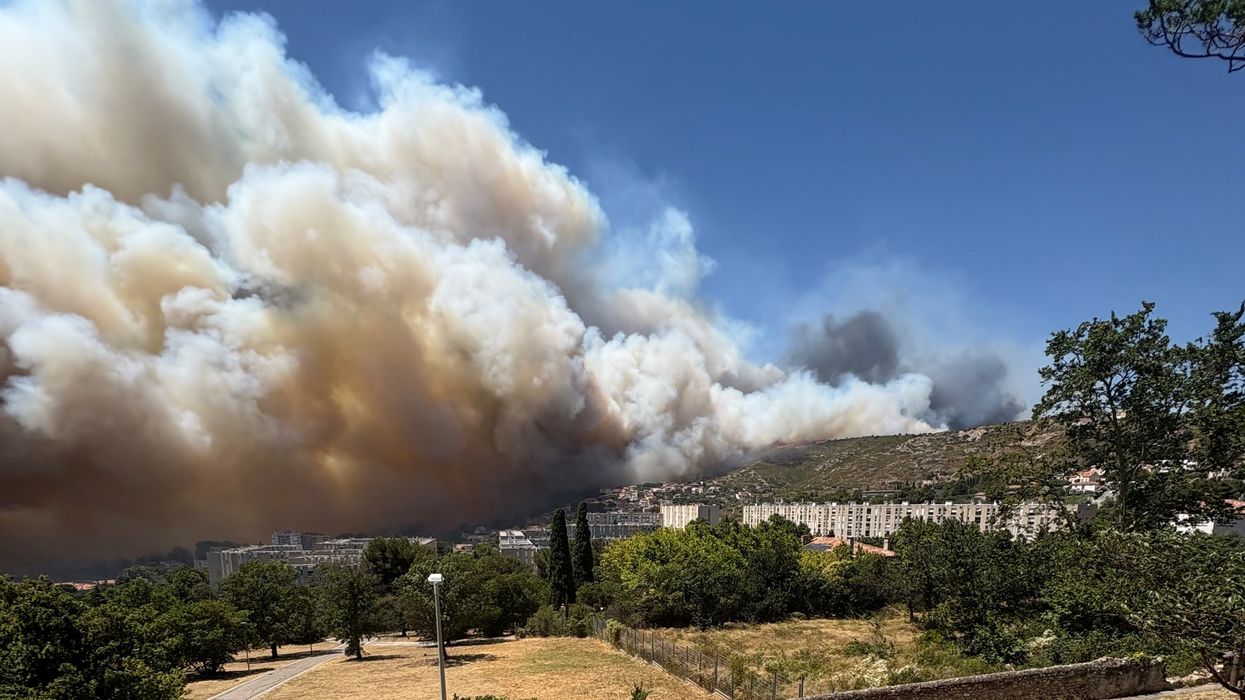Migrants attempting to cross into the Spanish enclave on Sunday
DAVID SANTOS/TWITTER
Asylum applications to the EU look likely to hit one million by the end of 2024
Don't Miss
Most Read
Latest
Hundreds of African migrants have been filmed storming the Spanish border in a coordinated attempted to enter the European Union.
Chaos erupted at the border separating Morocco and the Spanish enclave Ceuta on Sunday.
Migrants were spotted running across a hilltop through the border town of Fnideq.
Moroccan security officers were forced to form a human barrier to stop the migrants from reaching the barbed wire fence into Spain.
 Migrants attempting to cross into the Spanish enclave on SundayDAVID SANTOS/TWITTER
Migrants attempting to cross into the Spanish enclave on SundayDAVID SANTOS/TWITTEROfficers fired bullets into the air in an attempt to disperse the incoming crowd.
Groups of migrants were also caught attempting to swim on the beaches of Castillejos and Beliones.
The body of a migrant was found following the attempted breach.
Ceuta and Melilla, Spain’s two enclaves neighbouring Morocco, experience sporadic waves of illegal migration crossings.
LATEST DEVELOPMENTS:Authorities confirmed at least 60 people were arrested last week.
However, the mass crossing attempt followed just days later.
Spanish Prime Minister Pedro Sanchez visited three African countries earlier this year and vowed to achieve a better cooperation deal amid a surge in crossings.
Figures show that the number of migrants arriving in the Canary Islands has also increased.

Migrants have been looking to exploit the enclaves for several years
REUTERS
A staggering 160 per cent increase was recorded between January and July 15 compared with a year ago, totalling almost 20,000 people.
However, the footage from Sunday comes as the EU looks on track to receive approximately one million asylum applications in 2024.
In the first half of this year, 513,000 applications were logged, slightly fewer than in the same period of 2023.
The EUAA predicts that EU+ countries, which include the 27 EU member states plus Norway and Switzerland, could see around a million applications by the end of the year.
This would mark the second consecutive year of such high numbers, matching levels last seen in 2016.





































